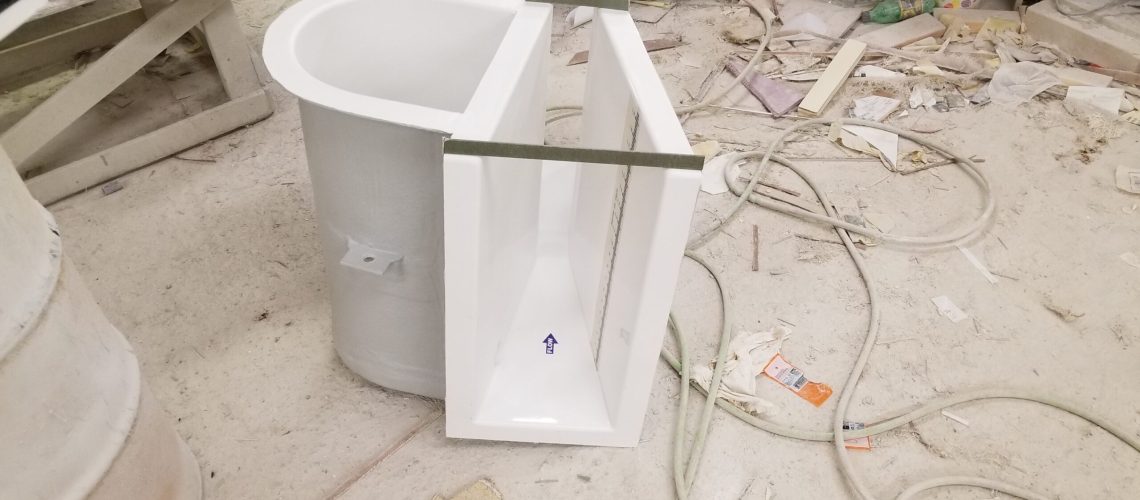Every flume has several requirements for accurate flow rate measurements. For one, they need to have appropriate velocity on approach, and that approach needs to have a good velocity profile. One of the most common obstacles to this velocity profile is turbulence. Fortunately, there’s a convenient solution if you’re dealing with surface turbulence. Learn why you need wave suppressors.
What Is Turbulence?
Flow stream turbulence is any irregularity in the flow surface. It can manifest in quite a few different ways, such as boils on the surface or eddies in the flow stream that seem to appear and disappear at random. Turbulence can be as small as particles of water moving in a different direction than the general flow, but only certain degrees of turbulence are a problem.
Turbulence has quite a few causes. Weeds along the banks of the flow channel are a common cause, but anything slumping into the flow stream can create turbulence. Sediment deposits are especially problematic, so keep an eye out for them in addition to anything that alters the channel dimensions of the flow.
How Turbulence Is a Problem
When your flow is suffering from excessive turbulence, you’re going to find yourself with inaccurate flow rate measurements. If the flow surface isn’t still enough to adequately measure, you’re going to have flawed readings from the start. Even slight turbulence can potentially be a problem if you’re using ultrasonic flow meters.
While there’s technically no limit to how badly turbulence can mess up your readings, the vast majority of instances range from 10% to 20% errors. This can make it practically impossible to get an accurate measurement of flow head. To account for this issue, you’ll have to eliminate the turbulence from upstream.
Solving Turbulence
The solution to turbulence is wave suppressors. These handy devices come in many different forms, but they all work to calm the flow and ensure a solid velocity profile on approach. Stilling wells are also a potential answer to the problem, as they can help eliminate surface disturbances, but they’re one of the more complicated solutions. Consider them a last resort.
Instead of a stilling well, you can use a wave dampener like underflow suppressors. They work on both large and small channels and can virtually eliminate waves, reducing them by up to 93%. They’re typically made from wood or concrete, but fiberglass is a useful solution as well. Essentially, they function by absorbing the energy that’s causing the turbulence and distributing it evenly on the other side, causing the flow surface at the point of measurement to be steady.
Wave Suppressors From Tracom
You know why you need wave suppressors, so it’s time to get your hands on a solution to your turbulence problem. That’s where Tracom can help. With our wave suppressors and other flume accessories, you can make sure your flume is prepared to take the accurate flow rate measurements you need. Contact us today to get started!



